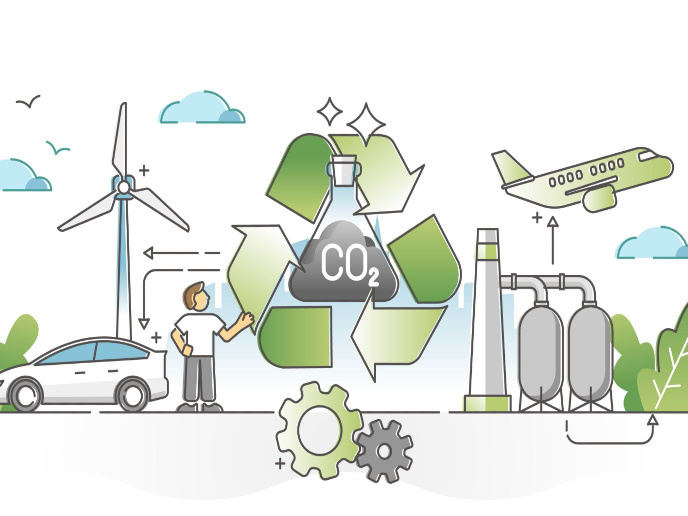Role of microbes in marine sediments
Marine sediments comprise the largest organic carbon sink on the planet. They are created when organic matter produced on land and in aquatic ecosystems is eventually deposited on the seafloor. Much of this organic matter is remineralised when organic molecules are transformed to inorganic forms by the activity of anaerobic microbes living below the sediment surface. However, at present, the microorganisms responsible remain largely unidentified. The SUBSTRATE USE project investigated the fate of a number of common low-molecular–weight carbon compounds in anaerobic marine sediments. Sediment samples came from locations off the coasts of Alaska, Denmark and Mexico. In the laboratory, sediment samples were inoculated with media to select for microbes specialised in using single or multiple substrates. Project partners selected for sulphate-reducing, methanogenic and acetogenic microbial populations. These represented the three main groups involved in the remineralisation of organic matter in oxygen-deficient marine sediments. Results showed that substrate specialists end up dominating in single substrate media. However, substrate generalists end up dominating in mixed substrate media. Researchers were also able to show for the first time the presence of an active microbial population in sub-seafloor basalt. Energetic modelling provided a theoretical framework for explaining how acetogens can coexist with sulphate reducers and methanogens (which yield more energy in metabolic reactions). A comprehensive review was also written on the functional genes and microbial metabolic processes found in sub-seafloor environments. SUBSTRATE USE outcomes offer a better understanding of the role of marine sediments in the global carbon cycle. They will also help scientists explain how microorganisms regulate the chemistry of the oceans, the composition of atmospheric gases and the Earth's climate.







